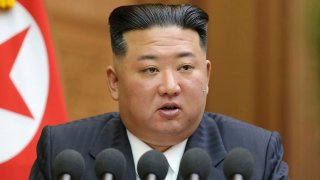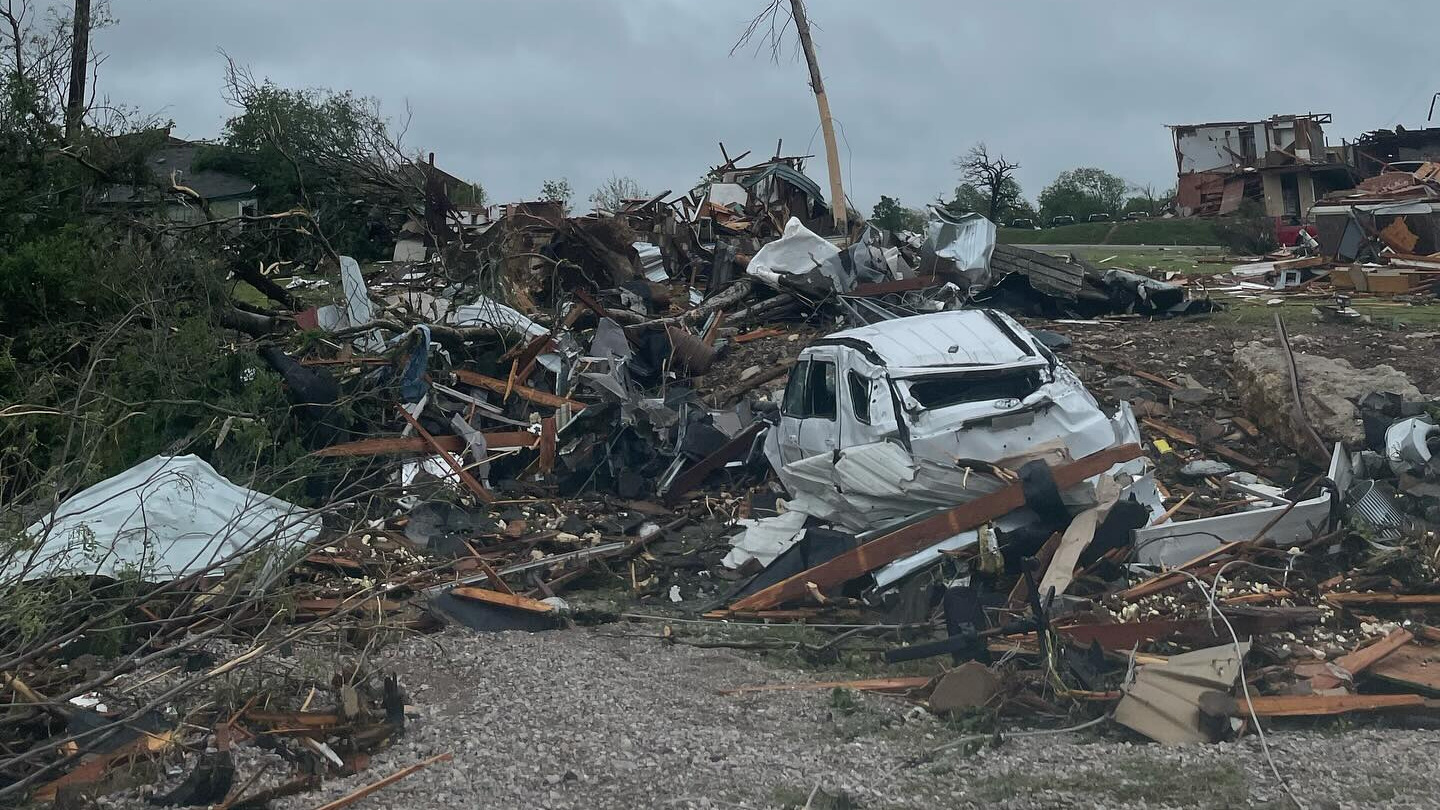
North Korea fired an intercontinental ballistic missile into the sea Monday in a resumption of its high-profile weapons testing activities, its neighbors said, as the North vows strong responses against U.S. and South Korean moves to boost their nuclear deterrence plans.
South Korea's military said in a statement that the North Korean missile flew about 1,000 kilometers (620 miles) before landing in the waters between the Korean Peninsula and Japan. It said the missile was launched on an elevated angle, an apparent attempt to avoid neighboring countries.
The statement called the launch “a grave provocation” that threatens international peace. It also noted the launch violated U.N. Security Council resolutions that ban any ballistic missile activities by North Korea.
Japan’s Defense Ministry said it also spotted a ballistic missile launch by North Korea. Japanese Prime Minister Fumio Kishida told reporters that he had so far received no report of injuries or damages from the missile launch and that he planned to hold a National Security Council meeting to discuss the test.
Get Connecticut local news, weather forecasts and entertainment stories to your inbox. Sign up for NBC Connecticut newsletters.
The launch, the North's first ICBM test-flight in about five months, was its second weapons firing in less than a day. On Sunday night, the North launched a short-range ballistic missile, also into the water off its east coast, according to South Korean, Japanese and U.S. governments.
South Korea's military said the short-range missile flew about 570 kilometers (354 miles) before landing in the waters between the Korean Peninsula and Japan. The range is enough to reach key sites in South Korea, including U.S. military installations there.
The U.S. military said the launch highlighted “the destabilizing impact of (North Korea's) illicit weapons program.”
U.S. & World
Observers said the North's back-to-back launches were likely a protest against the moves by South Korea and the United States to bolster their joint nuclear deterrence capabilities in the face of North Korea’s evolving nuclear threats.
Senior U.S. and South Korean officials met in Washington on Friday for their second Nuclear Consultative Group meeting. They agreed to update their nuclear deterrence and contingency strategies and incorporate nuclear operation scenarios in their combined military exercises next summer, according to Seoul officials.
The consultative body is responsible for sharing information on nuclear and strategic weapons operation plans and joint operations, though the U.S. will retain operational control of its nuclear weapons.
U.S. officials said the group’s establishment and other steps to solidify U.S. security commitment were meant to ease South Korean worries about North Korean provocations while keeping Seoul from pursuing its own nuclear program.
The "U.S. side reiterated that any nuclear attack by (North Korea) against (South Korea) will be met with a swift, overwhelming, and decisive response," said a joint statement issued after Friday’s meeting.
On Sunday, North Korea's Defense Ministry slammed its rivals' move to include nuclear operation scenarios in their joint drills, describing it as an open threat to potentially use nuclear weapons against the North.
“The armed forces of (North Korea) will thoroughly neutralize the U.S. and its vassal forces’ attempt to ignite a nuclear war,” the North Korean statement said. “Any attempt by the hostile forces to use armed force against (North Korea) will face a preemptive and deadly counteraction.”
Since last year, North Korea has performed about 100 ballistic missile tests as part of its efforts to enlarge its arsenal of nuclear-capable weapons targeting the U.S. and its allies. Experts say North Korea would eventually aim to use its weapons arsenal to wrest greater U.S. concessions.
The U.S. and South Korea have responded by expanding their military drills and increased the temporary deployments of strategic U.S. assets such as aircraft carriers, nuclear-capable bombers and a nuclear-armed submarine in and near South Korea.
Animosities between the two Koreas further deepened after North Korea launched its first military reconnaissance satellite into space Nov. 21 in violation of U.N. bans. South Korea, the U.S. and Japan strongly condemned the launch, viewing it as an attempt by the North to improve its missile technology as well as establish a space-based surveillance system.
South Korea announced plans to resume front-line aerial surveillance in response. North Korea quickly retaliated by restoring border guard posts, officials in Seoul said. Both steps would breach a 2018 inter-Korean deal on easing front-line military tensions.



